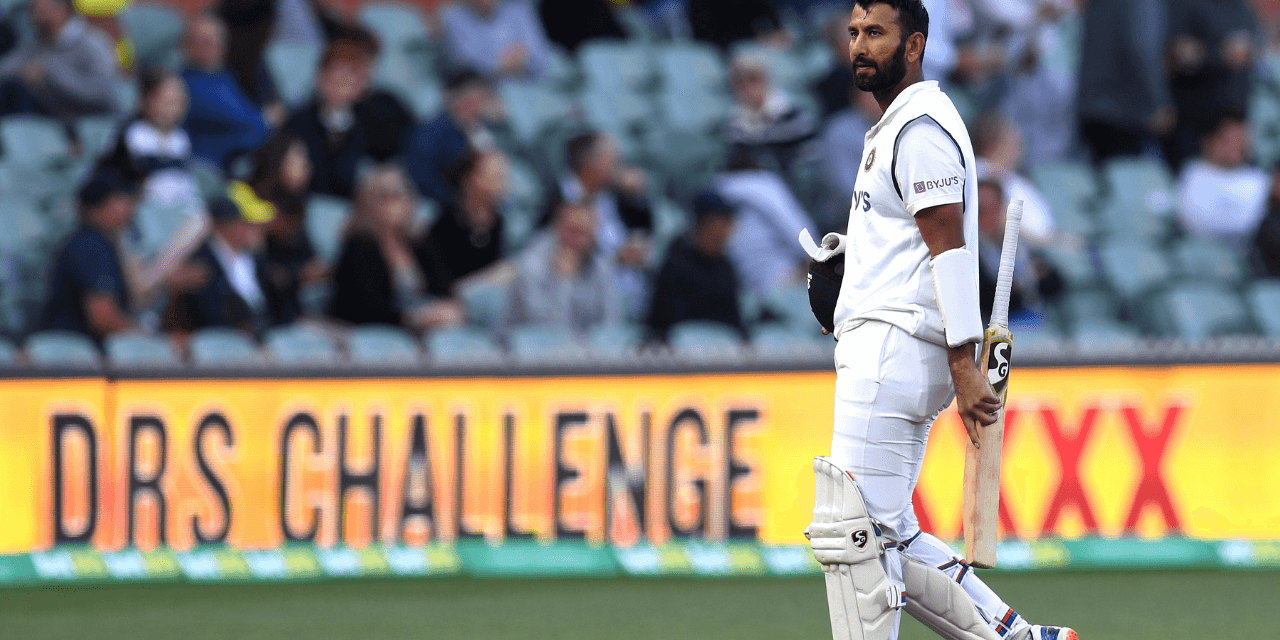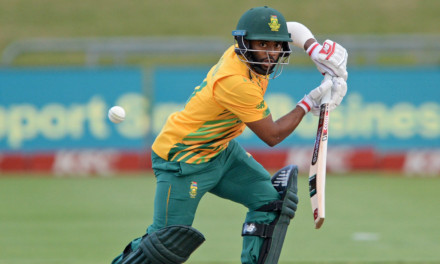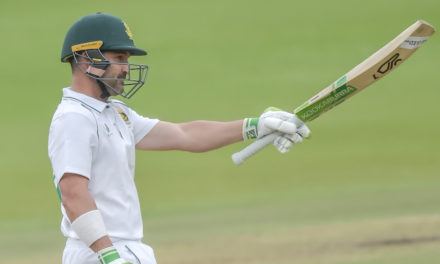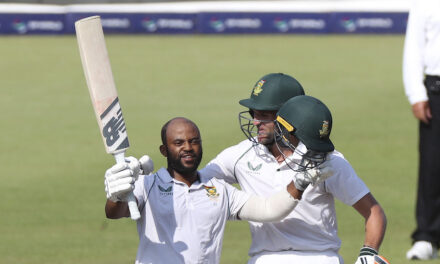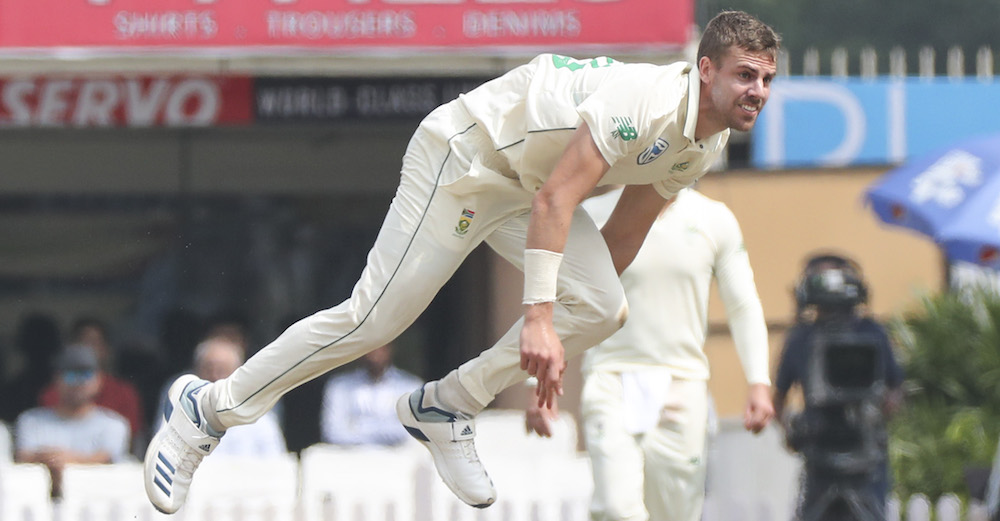The Proteas can learn from the Indian cricket team’s historic series win over Australia which left the cricketing fraternity in awe, given the numerous setbacks the team faced, writes Aditya Mehta.
With their best batsman, Virat Kohli, departing from Australia after the first Test match for the birth of his child, and injuries to seven first-choice players, the victory was made a little sweeter.
The team’s troubles were further compounded by its dismal batting performance in the first Test match in Adelaide, where the Indians capitulated for their lowest-ever total of 36. The team’s resurgence after a morale-crushing defeat in Adelaide, led by stand-in skipper Ajinkya Rahane, and supported by match-winning performances from a young Indian team, six of whom made their debuts in this series, has resulted in this victory being regarded as one of the greatest in Test cricket’s history.
Of the many factors that have contributed to India’s victory such as the volume of first-class cricket Indian cricketers play, the IPL, exposure to high-pressure situations, and a well-structured India A program, I want to focus on the importance of defensive batting in Test cricket.
Having come off a 2-0 series victory against Sri Lanka, and preparing for a challenging away tour of Pakistan, South Africa may benefit from reflecting on the role a defensive batsman might be able to play for the team just like Cheteshwar Pujara has been doing for India over the last decade.

Cheteshwar Pujara was the architect of India’s first overseas series victory against Australia in 2018, scoring 521 runs at an average of 74.21, including three centuries. This time, Australia were better prepared for Pujara, limiting his returns to 271 runs at 33.87, with three fifties.
While Pujara was unable to replicate his feats from the 2018-19 tour to Australia, his performances throughout this series offered a reminder to experts questioning the value of the ultra-defensive school of batting in an era where strike rates seem to hold more weight.
In particular, Pujara’s 56 of 211 balls on the final day of the fourth Test at the Gabba, during which he copped several blows to the body, while Rishabh Pant attacked the Australian bowlers, was instrumental to India chasing down a record 328.
Pujara dropping anchor at one end gave Indian opener, Shubman Gill, the confidence to go after the bowling and score 91 off 146 balls, followed by Rishabh Pant, who finished with 89 off 138. Pujara may have scored the slowest fifty of his career, but it helped preserve wickets, and ultimately, set the platform for the lower order to get the runs in the end.

As South Africa looks to rebuild its Test team, Mark Boucher and the team management should look to give batsmen who are prepared to bat time, opportunities in future Test series. A batting group that has suffered a number of collapses in home and away series over the last 18 months, most recently against a depleted Sri Lankan attack at the Wanderers where they lost nine wickets for 84 runs, would benefit from the brand of batting Pujara represents.
In South Africa’s second Test against Sri Lanka, Dean Elgar and Rassie van der Dussen’s conservative approach on the first day of the Test was subject to significant criticism in the media. Specifically, this criticism was at its peak when Van der Dussen, who has played six Tests thus far, was batting on 3 off 32 balls. However, the ensuing collapse following Elgar and Van der Dussen’s wickets was a testament to the effectiveness of the caution they exercised early on.
For all the talk of aggression and strike rates, the age-old tenets of batting time and grinding down bowlers are still important to a successful batting performance in the modern era.
Pujara’s impact on a Test match increases when Virat Kohli and Ajinkya Rahane score quick runs off tired bowlers. This pattern is similar to Rahul Dravid, who was phenomenal at wearing bowlers down, while Sachin Tendulkar would accelerate the scoring rate once a solid platform has been set.
Similarly, South Africa can follow India’s lead of playing a combination of batsmen equipped to bat for long periods of time, alongside batsmen who can build on the foundation set by the top order.
“See, whatever I say about him will be very, very less. He put his body on the line for Indian cricket, for the Indian cricket team.” – Sunil Gavaskar on Cheteshwar Pujara’s innings
South Africa’s tour to Pakistan, their first since 2007, will be an indication of the direction the team decides to take. While the players strive to abide by Mark Boucher’s “aggressive but smart” philosophy, I hope they also take a leaf out of Pujara’s book.
Pujara’s road is less glamorous, but the joy of arriving at the destination, as it was for India’s young team, will make it worthwhile.
We are 100% bootstrapped. Please help us by becoming a patron and join us on this journey.
Photo: EPA/DAVE HUNT

